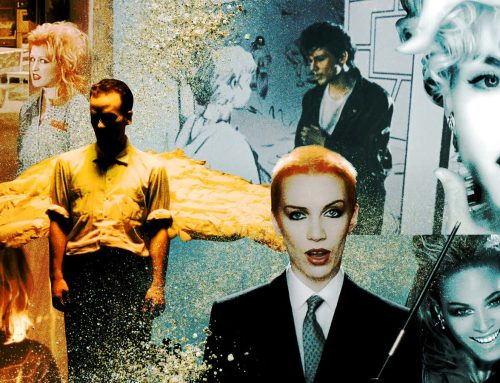How Shawn Fanning triggered a momentous shift in how media is consumed everywhere.
I think it is safe to say that the battle for attention is now both fierce and intense. Everywhere we look, there are ads, notifications, messages, and other distractions competing for our time and focus. I would go that far to say that consumption is holding culture hostage. We are constantly bombarded with products, services, and information that we don’t really need or want, but we feel compelled to buy or consume anyway. If we think of our society as a whole living organism, it is important to realize that technology should not direct in which direction our society is heading. Technology is a tool, not a master. By now we should have understood that we need parameters for technology to not overload a society’s capacity. We need to set boundaries and limits on how much we use and rely on technology, and how much we let it influence our decisions and behaviors. We need to reclaim our attention and our culture from the forces of consumption and distraction.
It is over 20 years ago that young Shawn Fanning started what we call today “attention economy”. Fanning, a computer programmer and entrepreneur, created Napster, one of the first popular peer-to-peer file sharing platforms, in 1999. Napster allowed millions of users to download and share music files for free, without paying any royalties to the artists or record labels. Napster revolutionized the music industry, but also faced legal challenges and lawsuits from the Recording Industry Association of America and other groups who accused it of facilitating copyright infringement. Napster was shut down in 2001, but its legacy lives on in other online platforms and services that rely on user-generated content and data to attract and monetize attention. Napster also inspired a generation of hackers, innovators, and disruptors who challenged the status quo and reshaped the digital landscape.
Shawn Fanning was just a college kid with a passion for music when he created Napster, a peer-to-peer file sharing service that revolutionized the music industry. Napster allowed millions of users to download and share songs for free, bypassing the traditional channels of record labels, distributors and retailers. Napster also sparked a fierce legal battle with the music giants, who accused it of facilitating piracy and violating copyright laws.
Napster was not only a technological innovation, but also a cultural phenomenon. It changed the way people listened to music, discovered new artists and genres, and connected with other fans. It also challenged the established norms and values of the music business, which had long controlled the production, distribution and consumption of music. Napster empowered the consumers to have more choice, access and autonomy over their musical preferences.
But Napster also had unintended consequences. It disrupted the economic model of the music industry, which relied on selling physical copies of albums and singles. It reduced the revenues and profits of the artists, labels and retailers, who had to adapt to the new digital landscape. It also affected the quality and diversity of music, as some artists struggled to make a living from their work, while others resorted to formulaic and commercialized styles to appeal to the mass market.
Napster was shut down in 2001 after losing several lawsuits, but its legacy lives on. Napster paved the way for other online platforms and services that offer music streaming, downloading and sharing, such as iTunes, Spotify, YouTube and SoundCloud. These platforms have further transformed the music industry and culture, creating new opportunities and challenges for both creators and consumers.
However, these platforms also have their own problems. They are dominated by a few powerful players who have a disproportionate influence over what music is available and popular. They are driven by algorithms and data that shape the tastes and behaviors of the users. They are fueled by attention economy that rewards quantity over quality, popularity over originality, and consumption over creation. They are also plagued by issues such as piracy, privacy, censorship and misinformation.
These problems are not unique to music. They affect other forms of media and culture as well, such as news, movies, books, games and social media. They reflect a deeper shift in how media is consumed in the digital age, where everything is accessible, abundant and instant. This shift has many benefits, but also many costs. It erodes the value and meaning of media and culture. It diminishes the role and responsibility of the producers and consumers. It marginalizes the voices and perspectives of the diverse and marginalized communities.
This shift is not inevitable or irreversible. It is not a natural or neutral outcome of technological progress or market forces. It is a result of human choices and actions. And it can be changed by human choices and actions as well. We can choose to break our addiction to attention and consumption. We can choose to create and support media and culture that is diverse, authentic, meaningful and impactful. We can choose to reclaim our agency and autonomy over our media consumption and production.
We can learn from Napster’s example. Napster was not just a tool or a service. It was a movement and a vision. It was a challenge and an opportunity. It was a reminder that media and culture are not static or fixed. They are dynamic and fluid. They are shaped by us and they shape us in return.



